i´ve been successfully using a S7 1500 PLC in combination with an SQL-Server for quiete some time now. I set everything up like mentioned here: S7SQL-Guide-Stackoverflow Today i tried to add a second parameter to my SQL-Query. So I made something like this:
select Number1,Number2 from MYTABLE WHERE Apple = red and Sky = blue
The S7 sends the telegram, and the SQL-Server replies. So far so good.
I set up the size of TokenColumnMetaData accordingly to my wireshark record, compiled and send the updates to my PLC. Now the part which I don´t understand:
I am expecting to receive the value "12345"
so again I used wireshark to see what I should expect:

So what I got is: 39 30 00 00, which is 12345 just the bytes are reversed -no problem so far, but when I check on S7-side, I see this: 
My input is shifted by 1 Byte. How can I solve this? Unfortantely I don´t have deeper knowledge of the code provided by Siemens for this application.
Edit:
Screenshot of typeUseCaseSpecificTokenrow

